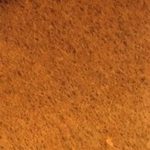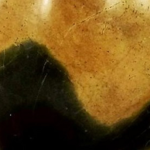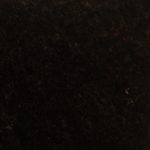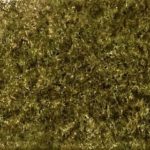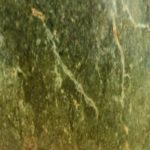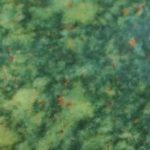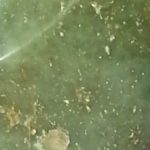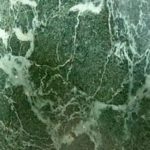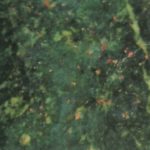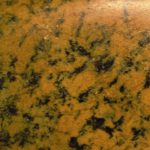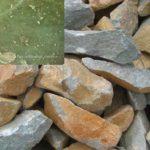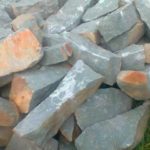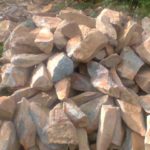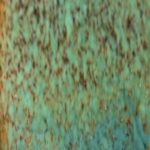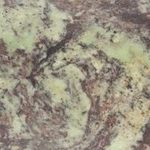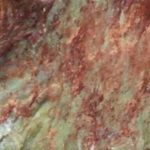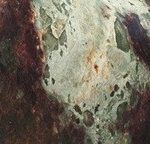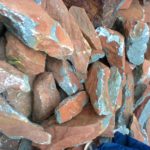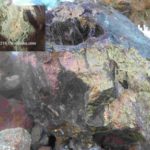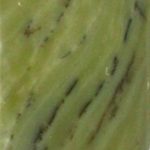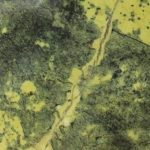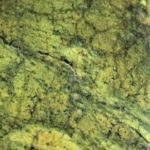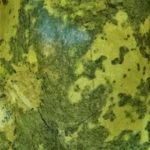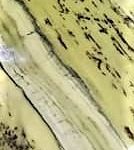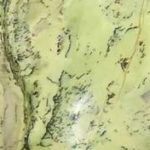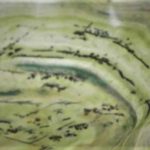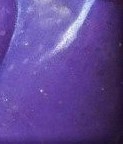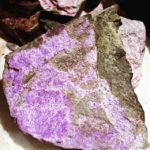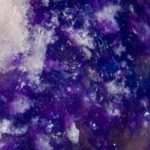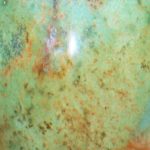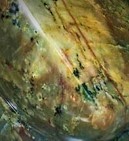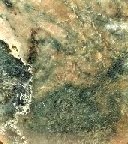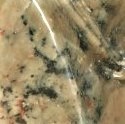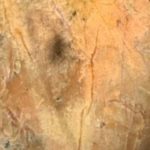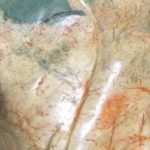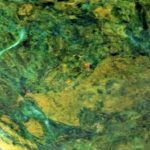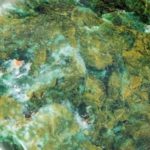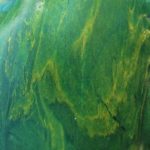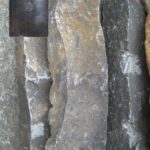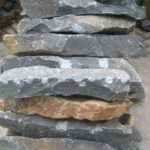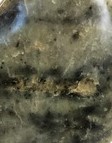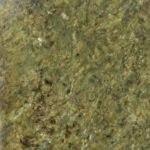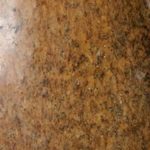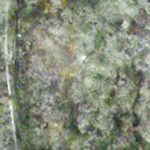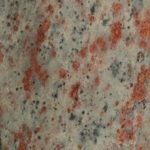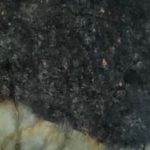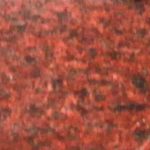Zimbabwe Stones
Buy serpentine stones with Tapiwa Chapo, sculptor artist
The stones are extracted by hand without the use of mechanical tools.
If you need materials for your work, you can ask us for a quote.
All types, black, green, brown
Its colors vary from black to brown, green, orange and variegated. Hardness level varies from very soft to vary hard. The majority of the sculptors today, however do not carve from soft serpentine, but rather select deposits of rock that are hard and therefore more durable.
Black Iron Serpentine derives it’s name from the deposits of iron found in it and is one of the hardest and darkest stones found in Zimbabwe. It has the most amazing black lustress finish that resembles the black opal and is highly sought after because of it’s fine finish, durability and hardness.
There are more than 225 specific ores and combinations of serpentine that have been identified in Zimbabwe. It is the complex combination of these minerals that create an extremely unique variety of mediums for Zimbabwe’s artists. Serpentine rock was formed approximately 2.6 million years ago.
Because of its many color combinations and differences in mineral percentages serpentine can rate from approx.
Hardness scale: 2.0 – 4.0Mohs
A beautiful light greenish serpentine. Opal stone is a very hard stone finely textured with an almost translucent surface sometimes specked with red, orange, golden and yellowish dots and patches. Lemon Opal stone is easily identified by contrasting yellow striations within the stone.
Opal stone is famous for it’s milky light colored greens and smooth texture. It is also unique in that it has fewer color variations than Serpentine. This stone is one of the favorite of sculptors, as it’s not as hard as
Springstone and other serpentines, but still polishes to a high finish. Opal stone also has, at times, a brown color throughout the predominate green. The appearance can be smooth or mottled.
As with most of the stones mined for the purpose of sculpting, opal is mined without the use of
automotive tools.
Hardness scale: 4.0 -5.0Mohs
A beautiful stone often purple in coloration with a variation of yellow and white markings and strips throughout. Can often have brown/orange markings.
Cobalt is a brittle, relatively rare hard metal, closely resembling iron and nickel in appearance. Purple Cobalt this stone is absolutely brilliant. It has a fantastic deep purple color when polished. It is extremely hard and thus hard to sculpt. It is fantastic for outdoor applications and will stand up to any weather.
Hardness scale: 4.0 – 6.0Mohs
A beautifully colored stone with spot marks similar to a leopard, hence the name, of yellow and black. These are inclusions of the ferromagnesian mineral, olivine. Leopard Rock is an olivine rich serpentine (known geologically as Dunite) which forms part of a serpentine complex 2.6 billion years old. It is run through with iron rich minerals that form marks that look similar to leopard spots. This provides the namesake of the stone. Often, leopard rock will also contain bands of petrified wood, which also contributes to the pattern and feature of the rock. Unlike serpentine, it is a very hard stone and is typically very difficult to work with and to get the best out of. Typically, only skilled sculptors will attempt to carve using this rock. In addition, it is only mined in one area, meaning that Shona work using this material is relatively rare.
Hardness scale: 6.5 – 7.0 Mohs
Jade is a semi-precious gemstone with various shades of green. It is composed of green Garnet which is mined in Africa and resembles Nephrite Jade in appearance. There is also Butter Jade has a creamy yellow color with dark striations throughout and is sometimes also known as Butter stone.
African Jade is a complex calcium aluminum silicate, composed of massive Grossular Garnet, colored bright green by trace amounts of chromium. Its hardness is approx. 6.0-8.0. The striations found in the attractive yellow-green sedimentary rock are actually layers containing fossilized algae. The stone is typically around 50 million years old.
Hardness scale: 6.0 – 7.0 Mohs
An uncommon mica is an ore of lithium and forms in granitic masses that contain a substantial amount of lithium. The lithium content in lepidolite does vary greatly however and low lithium Lepidolite is nearly useless as an ore or lithium.
The typical violet to pink color of Lepidolite is characteristic and is the only field test available to identify Lepidolite from other micas. Lepidolite has a layered structure of lithium aluminium silicate sheets weakly bonded together by layers of potassium ions. These potassium ions layers produce the perfect cleavage. Lepidolite crystals accompany such other lithium bearing minerals such as tourmaline, amblygonite and spodumene and can add greatly to the value of these specimens.
A rock made of granular pink Lepidolite and red to pink tourmaline is used as an ornamental stone curving. Single large plates of Lepidolite can have appealing violet color and make attractive mineral specimens.
Hardness scale: 5.0 – 7.0Mohs
There are some variations of Serpentine known as “Fruit serpentine” which are particularly colorful and varied deposits, often with deep veins of variated colors. When polished, the lustre is dependent on the type of stone and can again vary greatly. Fruit serpentine is usually a really colorful pretty stone, with deep veins of variated strata.
Because of it’s beauty and collectability it is one of the most sought after because of it’s fine finish, durability and hardness.
Hardness scale: 3.0 – 5.0Mohs
A green semi – precious stone which is over 3500 million years old. The Zimbabwe Verdite is of uniquely high quality and no other deposit is of comparable value anywhere else in the world.
Only the more experienced sculptor will dare sculpt from this hard stone.
Its color is unique in that it boasts an Emerald looking quality with beautiful brown and green striations. Unfortunately, Verdite is fast becoming rare and is difficult to find, which is why it is sought after by collectors and investors who have been quick to recognize it as an intrinsically valuable material. Because it is a quickly diminishing resource, passage of time can only enhance its attraction.
Hardness scale: 7.0 – 8.0Mohs
Springstone is one of the hardest stones used for sculpting in Zimbabwe. It gets is name by original sculptors, that, when they would work on it with hammer and chisel, their tools would spring off of the stone because it was too hard. When you are working on this stone you will hear the ping of steel on steel when you hit it with a hammer and chisel.
A beautiful dark brown stone, is polished to a high shine because of its density. A feature of this stone is, it will often have a softer brown layer, which adds to the appeal. As with most other stones that are mined for the purpose of sculpturing, this stone is mined by hand.
Many people will consider Springstone and Black Serpentine to be the same when they are not. It can be differentiated from Black Serpentine by two easy features. When you compare the two stones in the raw form, Springstone will appear grey like concrete and Black Serpentine will have a green huge instead of the grey. Also when polished, Springstone will polish to a very dark brown with clear polish and Black Serpentine will polish jet black.
The hardness of Springstone makes it ideal for positioning outdoors. The surface remains shiny no matter what the temperature.
It is ideal for very large pieces of work because it can be quarried in solid pieces weighing a number of tons.
Hardness scale: 6.0 – 8.0Mohs
Soapstone is a natural soft stone and is sometimes referred to a Steatite stone found in Zimbabwe depending on it’s colors. It’s remarkable qualities have made soapstone one of the most widely used art minerals on earth. Although somewhat soft, Soapstone is a very dense stone and is denser than Marble, Slate, Limestone and even Granite. If anything is spilled on the stone, it will remain on the surface of the stone, and not penetrate the surface. It’s mineral composition is 40-50% talc, 40-50% magnesite and 5-8% penninite.
Hardness scale: 1.0 – 2.0 Mohs.
Rapoko Stone is reddish brown in color. It is a softer stone which makes it much easier to work with. Although soft, it is a very dense stone and it belongs to the same family of soapstone.
Hardness scale: 1.5 – 2.5Mohs
